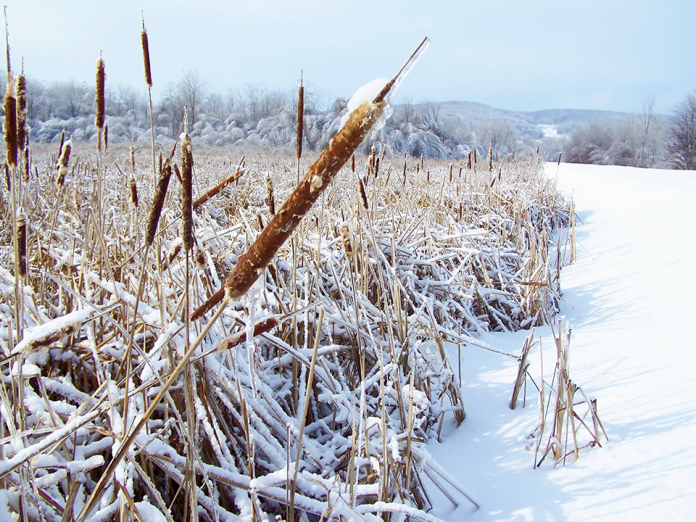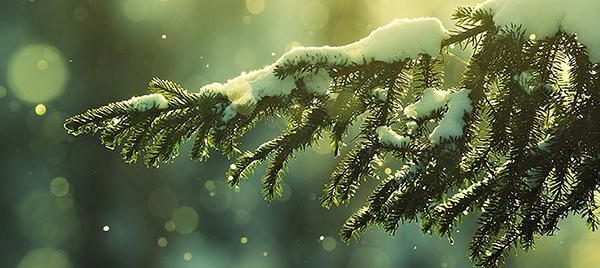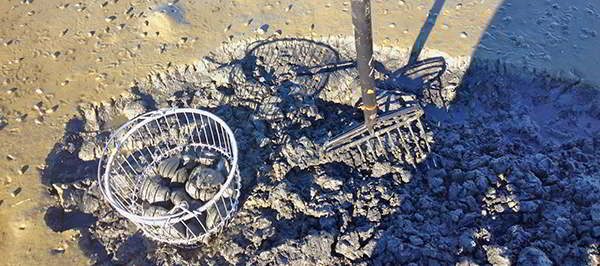You never know how long the shortage of food will last.
If you don’t live in the city, chances are you’re not going to starve in a famine. There’s always something to forage for, just to get by. But in winter, to find anything edible in the wild, you need to be truly professional. Though not impossible.
1. Pine Trees
Pine trees are a great source of vitamin C, vitamin A, and beta-carotene, and they are readily available. However, you need to make sure you don’t harvest the needles from poisonous evergreen trees. True pines have needles that develop up to 1 1⁄2 feet long in groups of three to five needles per clump. They can be used by boiling them into a tasty tea. As well as the young pine cones and even the young pine tree roots, the inner bark or cambium layer of a pine tree trunk is edible. Peel the roots before having them eaten. Steep the outer layer from the roots that you peel. It has a high sugar content.
2. Rose Hips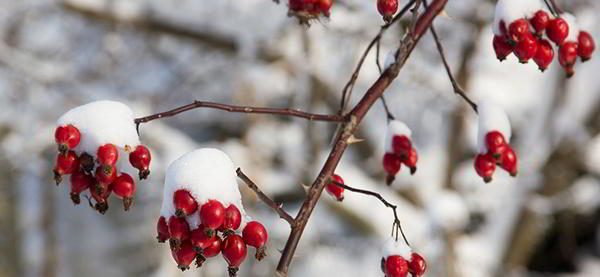
In the cold winter fields, rose hips are as noticeable as cranberries. They are a great source of vitamin C, and are also recognized for other properties. They can be eaten raw or cooked. Commonly used for making tea, syrup, or jam.
3. Nettles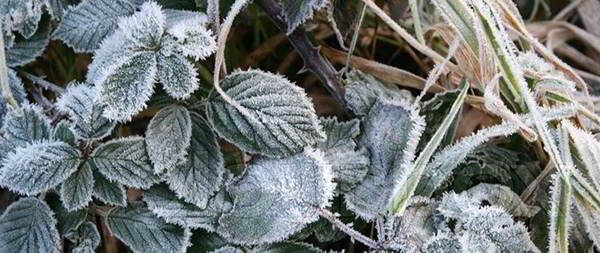
Nettles are overall disregarded throughout the year. They are a readily available superfood in winter, high in protein, iron, and vitamins. During l ate January, they start rising under the snow, and they make a great meal. Wear gloves while harvesting and cook them properly to reap the wondrous benefits of this common weed.
Related: How To Prepare Medicinal Pickled Garlic
4. Dandelion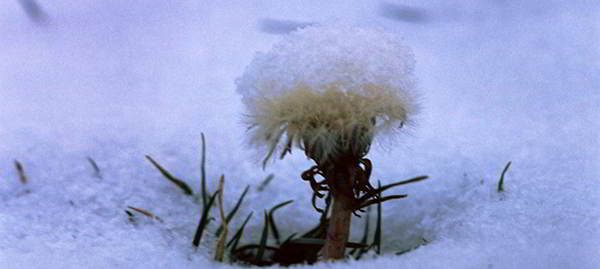
Dandelion roots are there all year round for you, even in the middle of winter, although they’ll be a bit harder to find. These are perfect for you and they can be prepared in different ways. When you want to harvest the dandelion roots in winter, knowledge of where they grow will pay off. The plant’s crown and leaves can still be present, if the weather wouldn’t be too heavy. The root is thick, long, white tap root spreading deep into the earth.
Related: How to Make Dandelion Bread
5. Chickweed 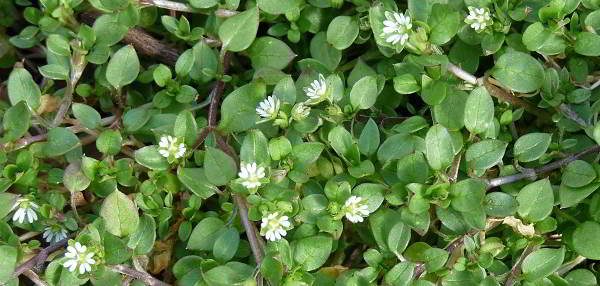
As soon as early February, Chickweed begins to develop. It’s a great plus for salads and meat, after a few months of winter. Chickweed, with its oval leaves, can be identified with a pointed tip and a line of white hairs that grow along the stem. They can be cooked or eaten raw. The mouse-ear chickweed has furry, rounded leaves. This type of chickweed has to be boiled to remove the tiny hairs on the leaves.
6. Wild garlic and onions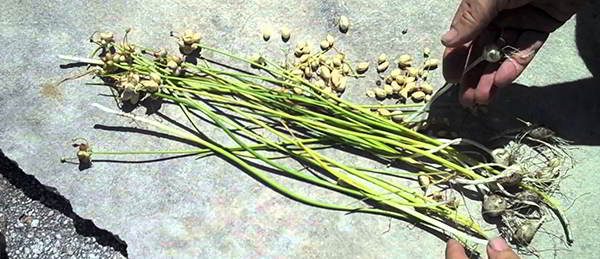
In temperate regions wild garlic and onions grow almost everywhere. However, you always have to double check and make sure they’re not daffodil bulbs, which are highly toxic. Daffodil bulbs lack the usual smell, therefore it is easy to determine that they are not garlic or onions.
7. Velvet shank mushrooms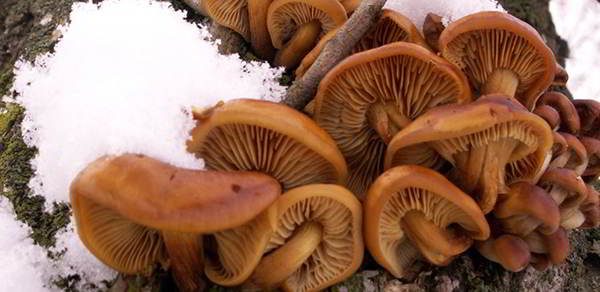
During wintertime, velvet shank mushrooms grow well, even at extreme temperatures. They are growing on all dead wood, but prefer elms and oaks. They emerge in groups and have highly visible orange caps.
8. Burdock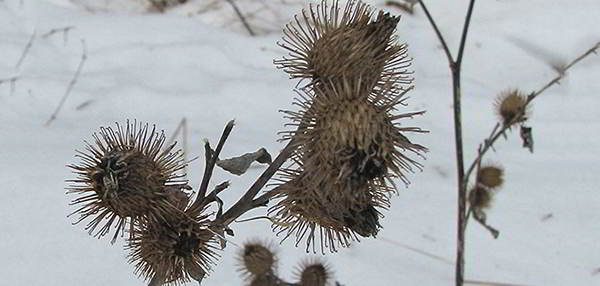
Plants and roots on the burdock are edible. Dandelion root and burdock tea are delicious and good for you. Burdocks are easy to find, particularly if the burs stick to your pants and you brush them up against them. There are a number of ways to prepare burdock and the leaves and roots are good for you.
Read more: 20 Edible Plants That Could Save Your Life
9. Oyster mushrooms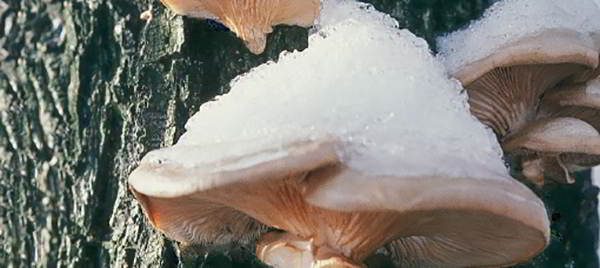
Oyster mushrooms grow in both cold winters and humid summers. An experienced forager will advise you to search for them 2 to 7 days after a frost and look for different wood trunks than those you used in the summer—you won’t find them in mid-winter. Some logs seem to grow them in summer while others do in winter.
10. Cattail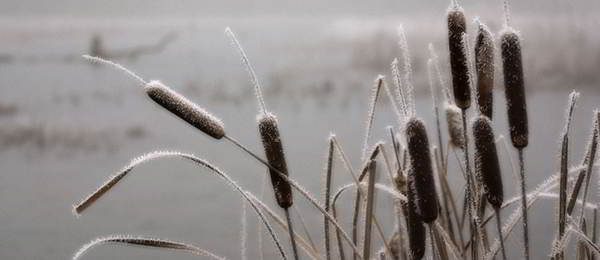
Cattail roots and fresh, young shoots are another great food for the winter. The shoots may be boiled or eaten raw. Usually the roots are used as a flour, but they can also be cooked on a fire.
11. Acorns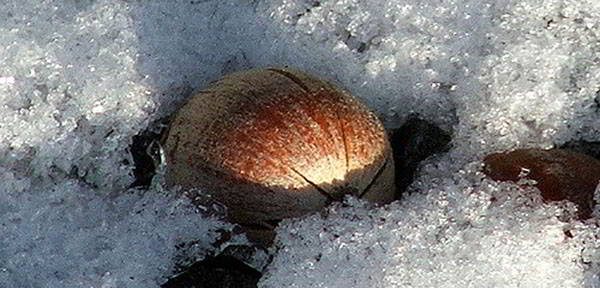
Acorns are a superb source of fats. You will find them on the ground, but to collect them, you must compete with the animals. They must be harvested from the ground, though, to be sure they’re ripe. Acorns are used in making meal and even coffee. You have to soak them in warm water, because they contain tannic acids.
Read more: 10 Medical Home Emergencies and How to Treat Them
12. Frozen Cranberries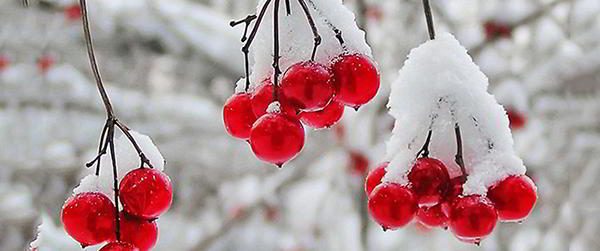
Frozen cranberries are an excellent addition to any food you have stored. They’re worth harvesting whether you really need to just to enjoy them. Such berries are “stored” above the ice, easy to collect, and so delicious. For a nutritious treat, you can turn them into jam, jelly, pies, or juice or just eat them fresh. These are rich in vitamins and have medicinal uses.
13. Crab apples
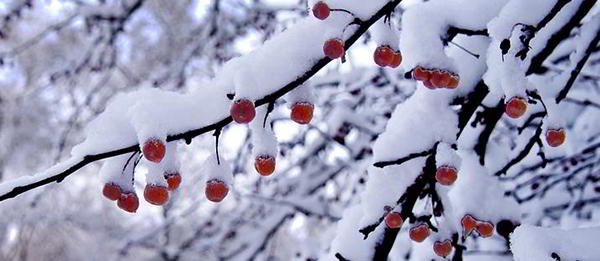 It is possible to harvest the crab apples from wild and domestic crab apple trees. They will persist on the trees well into the winter, if the birds do not get them first. Crab apple trees range in shape from shrubs 5- to 10-foot tall to trees 25-foot high. Crab apples can be red, yellow, or green, and have a diameter of less than 2 inches. Typically, this fruit is made of jams, jellies, juice or pies, as bitter. If you don’t have the supplies, time or interest in processing the fruit, cover it in foil or place it with a lid in a heavy pan, and roast it near a fire. They taste better. Caution: DO NOT EAT THE SEEDS! They contain hydrogen cyanide that is released during digestion. Spit them out or remove them by hand before eating.
It is possible to harvest the crab apples from wild and domestic crab apple trees. They will persist on the trees well into the winter, if the birds do not get them first. Crab apple trees range in shape from shrubs 5- to 10-foot tall to trees 25-foot high. Crab apples can be red, yellow, or green, and have a diameter of less than 2 inches. Typically, this fruit is made of jams, jellies, juice or pies, as bitter. If you don’t have the supplies, time or interest in processing the fruit, cover it in foil or place it with a lid in a heavy pan, and roast it near a fire. They taste better. Caution: DO NOT EAT THE SEEDS! They contain hydrogen cyanide that is released during digestion. Spit them out or remove them by hand before eating.
14. Duck potatoes and groundnuts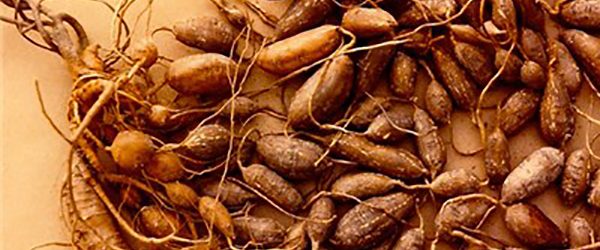
Duck potatoes and groundnuts are readily available starch and protein sources, if you live in the vicinity of a shallow stream, lake, pond, swamp or even ditch. They may be a bit harder to collect during a very harsh winter, but if it’s a warmer winter day, you can go for the hunt. The tubers of the Sagittaria plant are duck potatoes. They look a bit like acorns. Use a dirt rake or hoe to remove the muck, then float to the water surface. Do not confuse them with Arum as Arum root is toxic. The leaf on the Arum is not veined. Groundnuts are the roots of the United States groundnut vine. It grows along the water’s edge in wet to moist soil. Do not pick and eat the duck potatoes and groundnuts from contaminated areas. The toxins are absorbed into the roots and tubers.
15. Clams
Clams can be found at a permanent source of freshwater. Although, fishing at this time of year could be a little challenging, freshwater clams are easy to find. They’re not affected by winter, and they can be found at the bottom of a creek. Boiling them is important because they bear parasites which could make you sick.
16. Inner Bark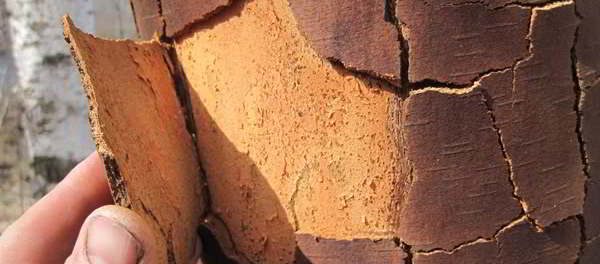
Inner bark of quite a few tree species can be eaten raw and if cut into fine strips, it can be boiled or dried and made into flour. You may make a rustic pasta or bread, or add it to simple soup to make it better. Not every bark is edible, so look for birch, aspen, maple, pine, and willow. You’re going to want to eat the inner/cambium layer, not the bark outside, of course!
Please make sure the vegetables and fruits that you plan to eat are double checked. Some species are quite similar and despite their appearance, one of them can be quite poisonous and if accidentally eaten, make you really sick. Make sure you have the correct check book and double check it!


